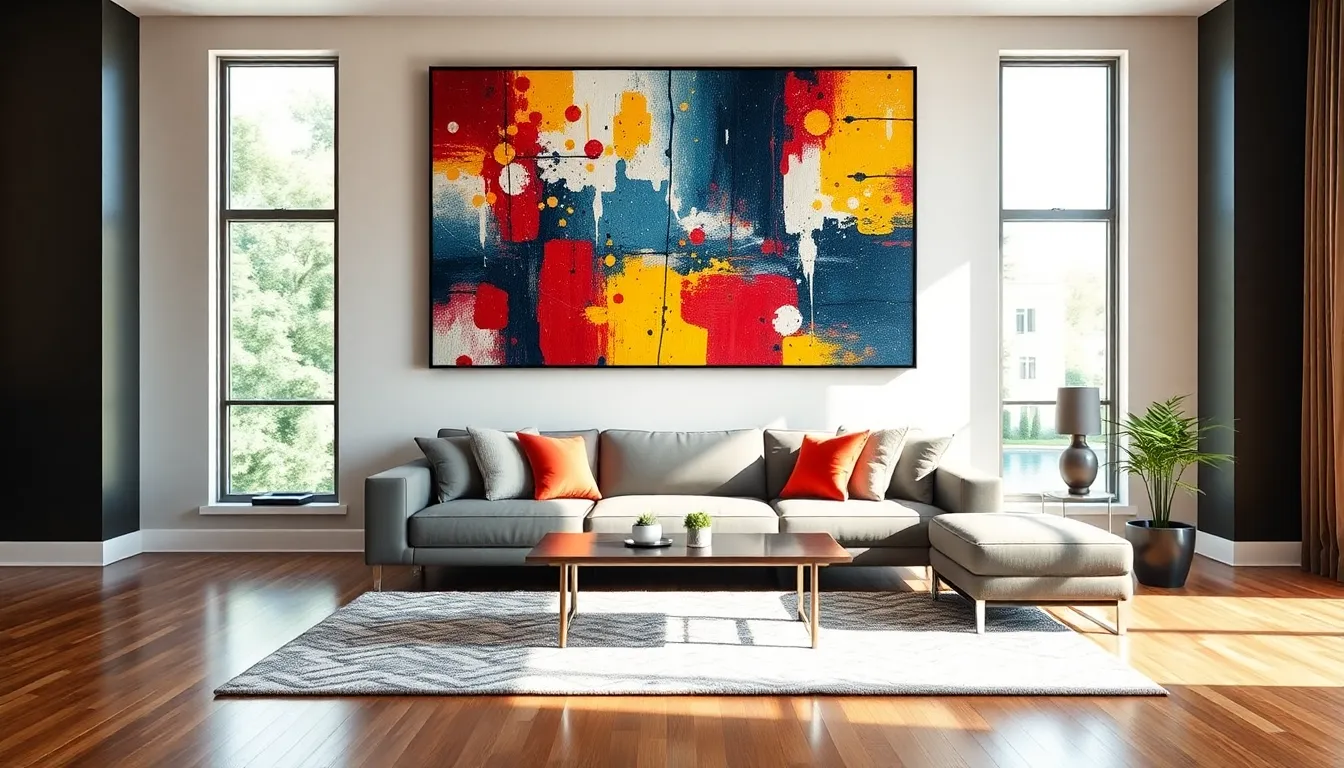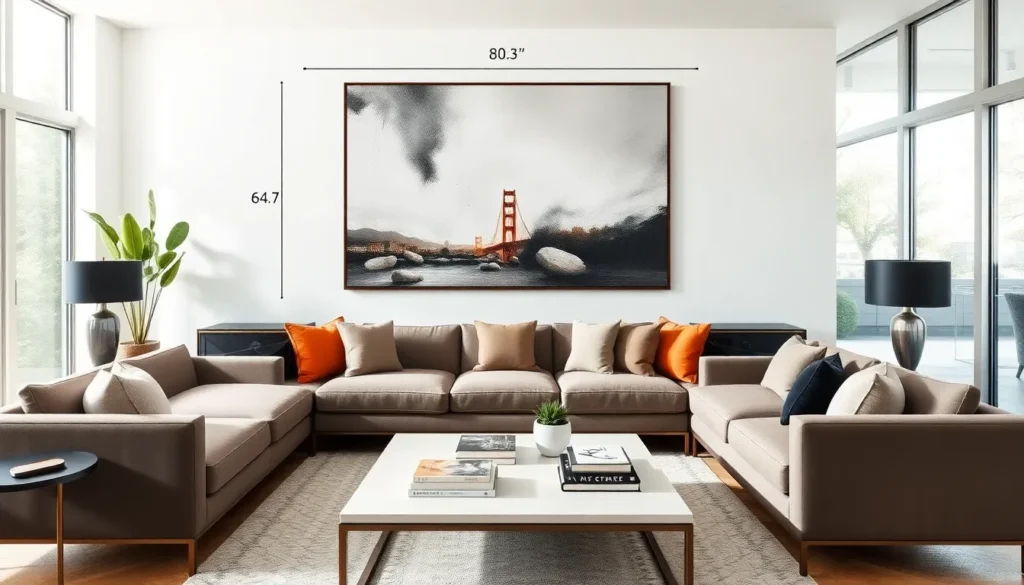Ever found yourself confused by the endless string of numbers and letters that define dimensions? You’re not alone. Take 80.3×64.7, for example. What does it mean, and why should anyone care? In a world where size matters, from apartments to flat-screen TVs, these digits are like the secret handshake of the design community. Let’s immerse and demystify this duo, mixing some fun with facts along the way.
80.3×64.7

When discussing 80.3×64.7, the first thought is often, ‘What on earth does that mean?’ Simply put, these numbers stand for a specific measurement, usually indicating dimensions in either inches or centimeters. In many contexts, this could refer to the dimensions of a rectangular object, such as a piece of art or a piece of furniture. But why these numbers matter isn’t just about the maths.
Imagine walking into a gallery. A painting with dimensions of 80.3 inches wide and 64.7 inches tall commands attention without even trying. It fits perfectly above a modern sofa deepening the richness of a living room design. Understanding these measurements elevates any discussion about space and aesthetics, right down to how they influence your purchasing decisions.
Applications of 80.3×64.7 Measurements
Dimensions like 80.3×64.7 come into play in various fields, especially in design and manufacturing. For instance, these measurements are highly relevant in interior design, where visual balance and proportion are critical. A canvas of this size fits beautifully in a gallery, home, or office, creating a focal point that draws the eye.
Also, in print media, these dimensions can inform the size of posters or advertisements. Keeping the message clear and engaging can be a challenge, especially when aiming for visibility in crowded spaces. Also, 80.3×64.7 dimensions can also appear in product specifications, such as electronics or furniture, framing how they fit into your space. From art to advertising, knowing the nuances of these measurements can make all the difference.
Advantages of Using 80.3×64.7
One notable advantage of utilizing 80.3×64.7 dimensions is the ability to create striking visual statements without overwhelming a space. These measurements are substantial yet manageable, striking a balance that appeals to both the eye and the layout of the room. When an object of these dimensions is incorporated thoughtfully, it can enhance the ambiance of an area, evoke emotions, and tie elements together in any design project.
Another compelling reason to consider 80.3×64.7 is versatility. This size fits various applications, be it for wall art, signage, or furniture design. It’s large enough to stand out but not astronomical like some oversized pieces that may dominate rather than complement the environment. Choosing this size means making decisions that harmonize utility and beauty.
Comparing Dimensions: 80.3×64.7 vs. Other Sizes
In the world of design, size comparisons are everywhere, and 80.3×64.7 inevitably comes up against various other sizes. Let’s say you’re looking at a traditional frame size of 72×48 inches. The latter, while slightly less tall, might cover more wall space but can feel bulky. In contrast, 80.3×64.7 creates a visual interest through its unique ratio.
Then there’s the distinction with smaller dimensions, such as 24×36 inches. While it may appear more approachable, it risks being lost on larger walls or in spacious areas. Understanding the differences among these sizes enables better-informed decisions that meet both aesthetic and functional needs.
Choosing The Right Size For Your Needs
Selecting the right dimensions can be overwhelming, but understanding how 80.3×64.7 fits into the bigger picture simplifies the process. First, consider the purpose of the object in question. Is it meant to be a statement piece or a complementary item? For a standalone art piece, 80.3×64.7 can draw the eye and spark conversations. For an accent item, a smaller size may work better.
Next, assess your space. Where will you display this piece? Larger dimensions work well in open areas, while smaller options might be ideal for cozy corners. Finally, ask yourself about your personal style. Do you lean towards the minimalist, or are you all about maximalist designs? The choice eventually reflects your taste, so embrace it.

